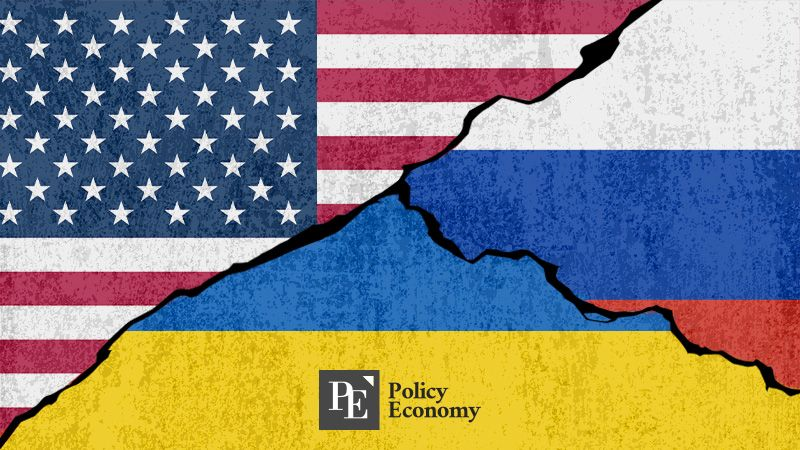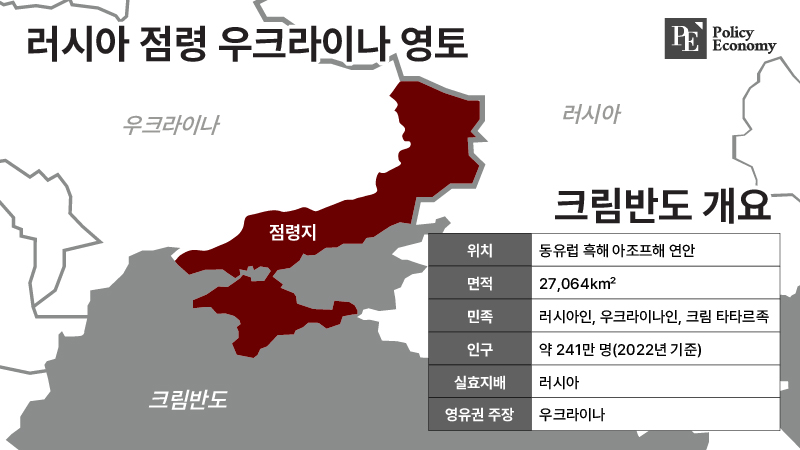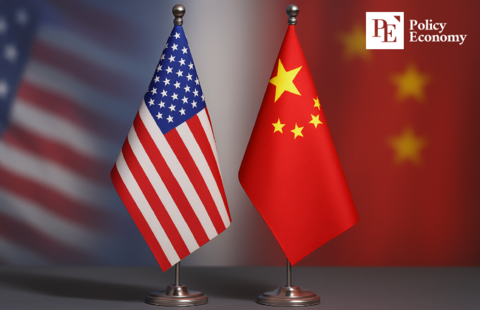Trump Signals "Constructive Business" with Ukraine — Is a Russia-Ukraine Ceasefire Imminent?
Input
Modified
U.S. Seeks to Secure Interests While Minimizing Provocation Toward Russia Notable Shift in Tone Just 30 Days After Black Sea Ceasefire Ukraine May Be Preparing to Cede Parts of Its Territory

U.S. President Donald Trump has called for a ceasefire agreement between Russia and Ukraine, specifying that such a deal could be reached “this week.” He also openly expressed ambitions for the United States to lead Ukraine’s infrastructure reconstruction and industrial recovery, thereby securing political and economic influence in the post-war landscape. In diplomatic circles, Trump’s remarks are being interpreted not merely as optimistic speculation but as a sign that behind-the-scenes negotiations may already be underway.
A Fragile Consensus for Peace?
April 20 (local time) — President Donald Trump has ignited new speculation over a potential ceasefire in the Russia-Ukraine war, posting on his social media platform that he hopes “Russia and Ukraine reach a ceasefire agreement this week.” He added that the two nations could “begin constructive business with a prosperous America,” suggesting a possible minerals-based economic arrangement. Trump previously told reporters that a U.S.-Ukraine mineral deal would be signed on April 24.
This follows a warning Trump issued on April 18, stating he could “withdraw from mediation efforts” if no progress was made. In response, Russian President Vladimir Putin announced a temporary Easter ceasefire from April 19 to midnight on April 20. Ukrainian President Volodymyr Zelensky proposed an extension, but the Kremlin quickly rejected it, affirming the ceasefire would end as scheduled.
Observers interpret Trump’s reference to “this week” as a strong signal that a broader behind-the-scenes agreement may be near. Russia is increasingly wary of further escalation, and Ukraine, struggling with prolonged economic and human losses, remains heavily dependent on continued U.S. support. Analysts say the U.S. could be repositioning itself not merely as a military backer but as a direct stakeholder in Ukraine’s post-war economy.
What stood out in Trump’s latest message was his reference to “constructive business,” not military deployments. While Putin is acutely sensitive to the idea of U.S. troops in Ukraine, an American-led economic footprint could stabilize Ukraine’s security and reconstruction while avoiding overt military confrontation. This has led to growing speculation that a foundational agreement is already in place: the war must end, and the U.S. will emerge as a central power broker.
Black Sea Ceasefire Laid the Groundwork
The seeds of this potential breakthrough were sown a month earlier. Russia and Ukraine agreed to a 30-day limited ceasefire around the Black Sea following a two-hour phone call between Trump and Putin. According to a Kremlin statement released on March 20, Trump proposed a halt to attacks on energy infrastructure. Putin reportedly responded favorably and issued immediate orders to his military.
Zelensky had initially floated a broader ceasefire, including airstrikes and naval activity, but Russia only agreed to suspend attacks on infrastructure, postponing further negotiations. While seen as a limited deal at the time, the fact that the ceasefire held and back-channel diplomacy intensified lent weight to the possibility of fast-moving, more comprehensive talks.
If Trump’s prediction of a ceasefire this week comes to pass, the previous month may well have served as a quiet withdrawal phase — a time for both sides to prepare for an end to active conflict under politically acceptable terms.

Post-War Landscape Slowly Coming Into Focus
Analysts believe the remaining negotiations are now entering their final phase, with border realignment being the most sensitive issue. The leading scenario suggests a new status quo based on current front lines: Ukraine would forgo reclaiming all occupied territories, effectively ceding them to Russian control in exchange for peace and a clear path to reconstruction.
In this new phase, the U.S. is likely to transition from mediator to economic actor. Trump’s mention of “constructive business” is viewed as a clear indicator that American capital will play a major role in Ukraine’s infrastructure rebuilding and industrial revitalization. This would allow Washington to expand its economic and geopolitical influence in Eastern Europe.
Some analysts describe this shift as a transition from “military dominance to economic hegemony.” While Ukraine may not regain its full territorial integrity, a stable reconstruction plan backed by American investment could offer a practical path to ending the war and building a new regional order.
As the final chapter of this long and tragic war nears, one question looms larger than ever: who will shape the post-war future — and to whose benefit?





















